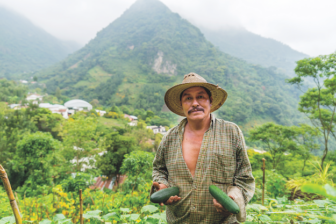This article is adapted from AQ’s special report on transnational organized crime.
The Paraná is one of the longest rivers on the planet, running 3,000 miles through Brazil, Paraguay and Argentina until its delta, a rich and delicate ecosystem. The delta region was already suffering from drought and deforestation, and over the last eight months forest fires have destroyed more than 1,500 square miles of wetlands, an area equivalent to 15 times the size of Buenos Aires. While confronting the dual disaster of an environmental emergency and the spread of covid-19, islanders in Argentina’s Paraná Delta try to keep their focus on local traditions.
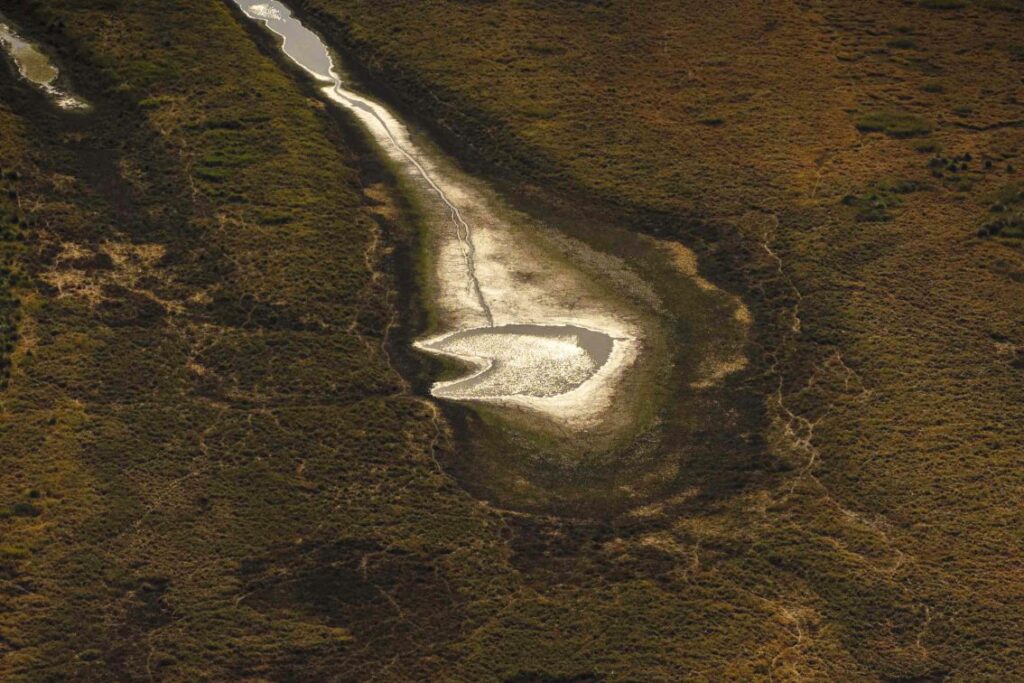
Droughts in the delta threaten to cut off island communities, making them more vulnerable to the spread of COVID-19. This pond is on the verge of drying up completely, preventing locals from accessing waterways to travel to the city to get food and medicine.
“The life of a fisherman is hard. There is an ecological disaster, and as if that weren’t enough, the government banned river travel to avoid spreading COVID-19. If they catch me fishing, they take away what I caught and my fishing net.”
–Turco Díaz
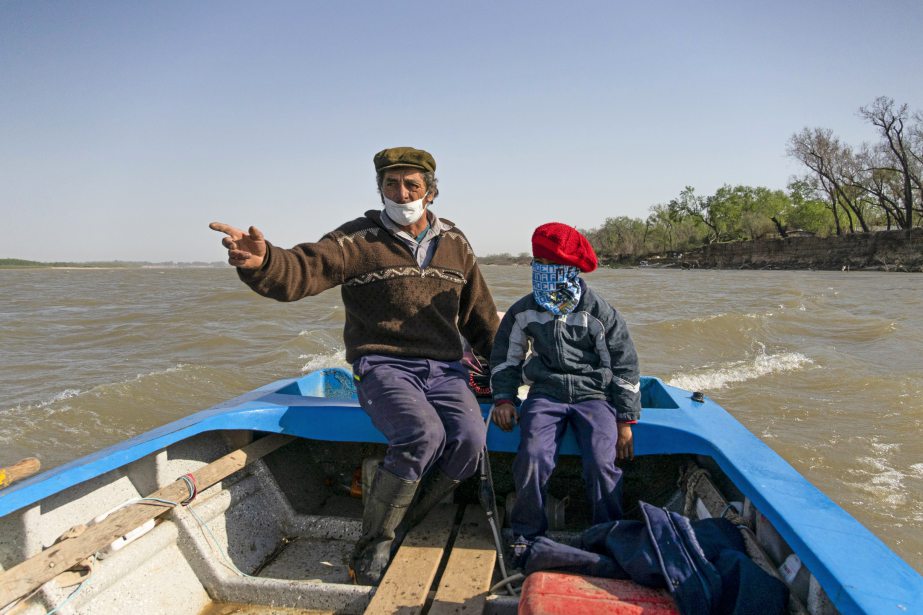
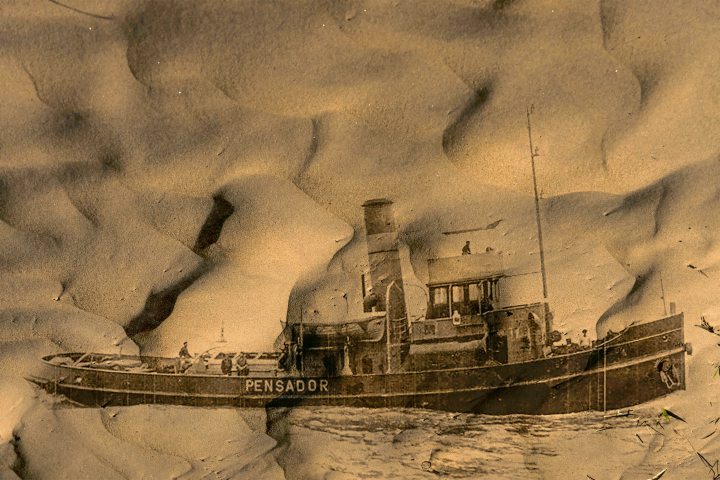

“On the island the main problem is falling river levels. This cuts off access to people who live in remote areas, and they can’t travel by canoe to buy food or medicine.”
–Fabian Ros
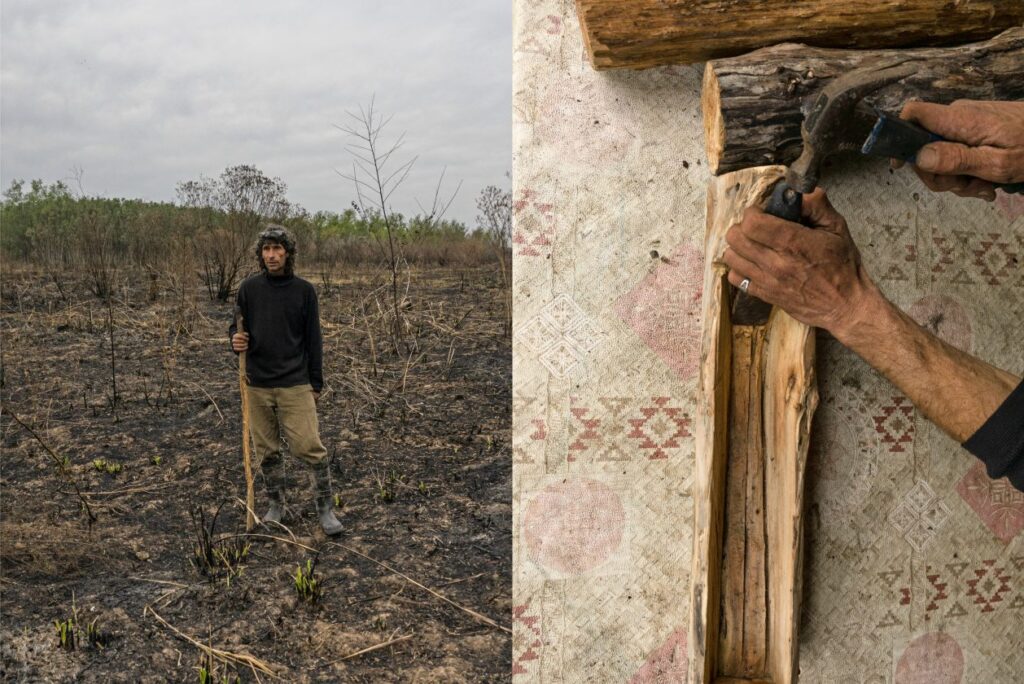

Mother and daughter Patricia Godoy (86) and Tiana Gómez (46) were both born in the islands of the Paraná Delta and are some of the few women in the area who tend livestock. They raise and tame wild horses, keeping this tradition and knowledge alive.
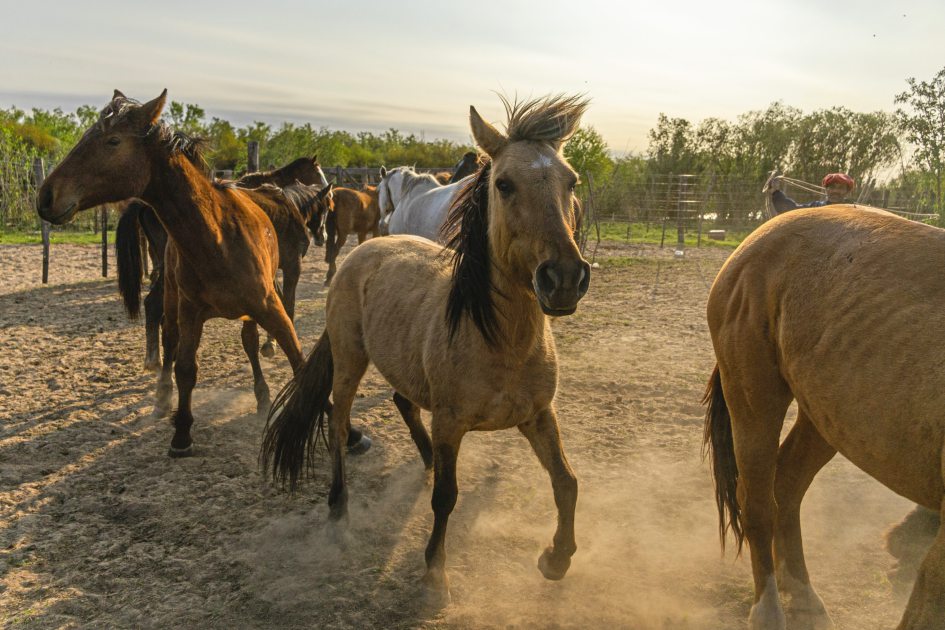
“We flew by helicopter across the approximately 7,300-square-mile Paraná Delta, attending to people who never received health care before, and in some cases hadn’t even seen other people in a long time”.
–Dr. Remilly Molini

Remilly Molini (63) has been living and working as a doctor on the islands of the Paraná Delta for more than 30 years. He makes regular trips to Rosario, where he is head of the local emergency medical service. Since the pandemic hit, he decided to work full-time on the islands. In March, he carried out a health care campaign across the Paraná Delta, providing medical care to local families.
Tags: Argentina, Parana, Photo Essay

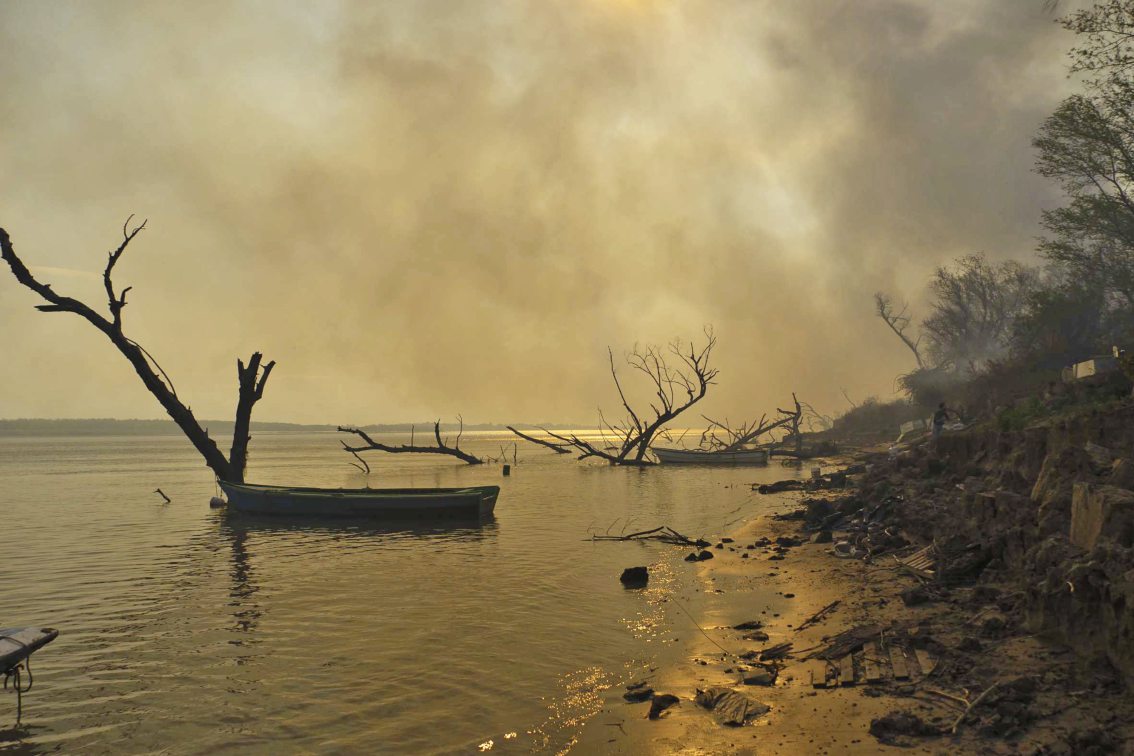)
